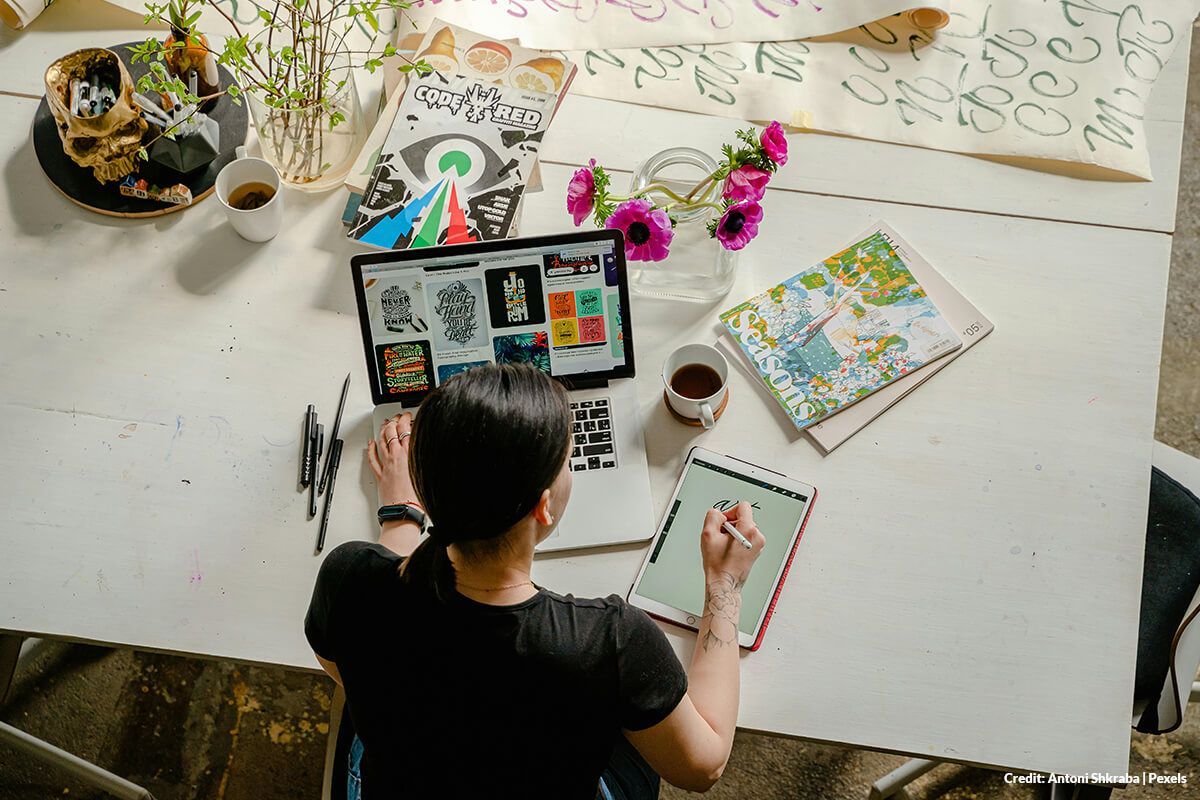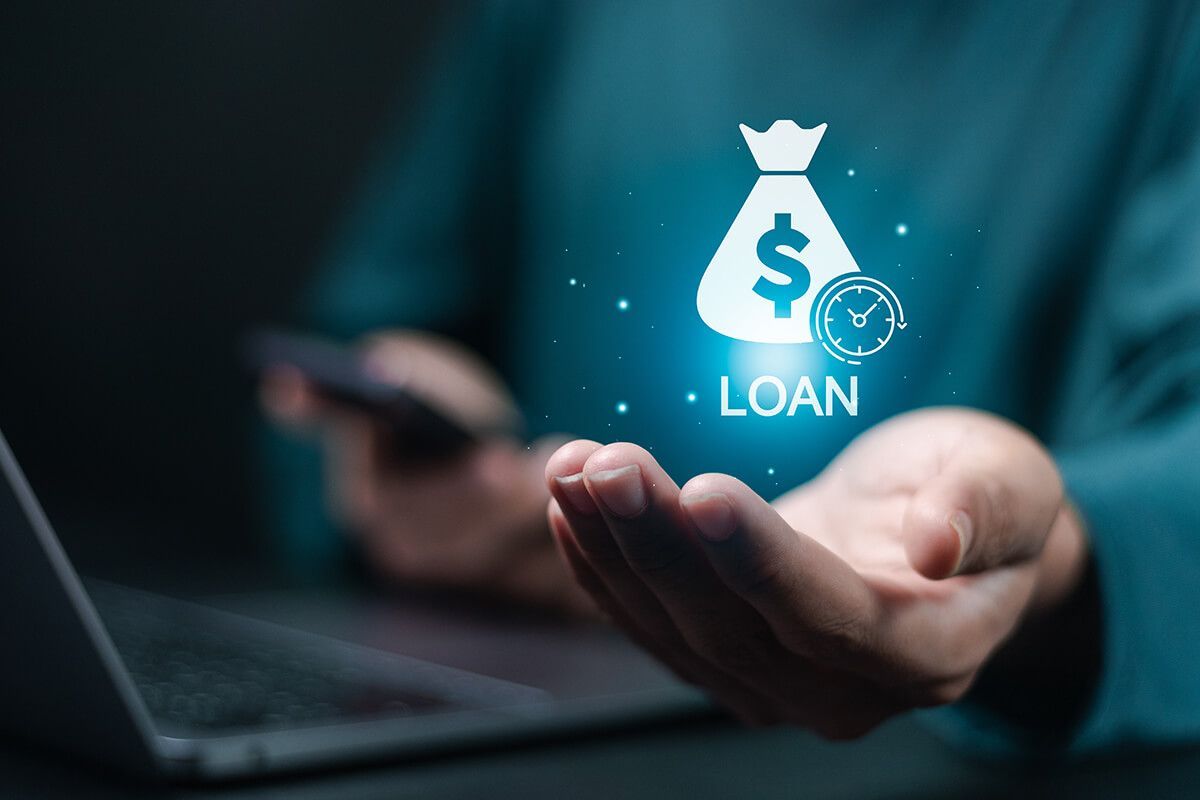Digital art has transformed how artists create and share their work. Unlike traditional art forms, it combines creativity with technology, allowing limitless possibilities. However, investing in the right tools and software is essential to get started, and
online cash loans can help bridge financial gaps if you’re low on cash.
Essentials for Getting Started with Digital Art
Digital art requires more than just creativity—it depends on having the right tools and setup. For beginners, the essentials include a drawing tablet, computer, and software, but even these come with a range of options to fit your skill level and budget. By understanding what each item offers, you can make informed choices that suit your artistic goals.
Choosing the Right Digital Art Tools
One of the most important pieces of equipment for digital art is a drawing tablet. These tablets mimic the feel of drawing on paper, offering precision and control. Entry-level models like the Wacom Intuos are great for beginners and cost around $100. If you want something more advanced, pen-display tablets like the Wacom Cintiq or iPad Pro, which let you draw directly on the screen, are available but can cost upwards of $500.
A reliable computer or laptop is equally crucial. Digital art software can be resource-intensive, so choose a device with a fast processor, sufficient RAM (at least 8GB), and a good graphics card. Many artists use laptops like the MacBook Pro or Windows-based devices like the Microsoft Surface Studio for their versatility and performance.
Must-Have Software for Digital Art
Your choice of software depends on your budget and style. Popular options like Adobe Photoshop, Procreate, and Clip Studio Paint offer advanced tools for creating stunning art. These programs include features like custom brushes, layering systems, and filters, making them ideal for detailed and professional work. However, they come with subscription fees, ranging from $10 to $50 per month.
For beginners looking to save money, free options like Krita and GIMP are excellent alternatives. Krita is designed specifically for digital painting and illustration, while GIMP is a general image editing tool with a wide range of features. Starting with free software allows you to practice your skills before upgrading to premium tools.
Additional Accessories for Enhancing Workflow
Accessories can significantly improve your digital art experience. A stylus with pressure sensitivity gives you precise control over your strokes, allowing you to replicate traditional art techniques. Some tablets include styluses, but advanced ones, like the Apple Pencil, can be purchased separately.
A high-resolution monitor is another valuable addition, especially if you’re working on detailed projects. Monitors with accurate colour reproduction, like the BenQ PD3220U, help ensure your artwork looks its best. Finally, ergonomic furniture, such as an adjustable desk and chair, makes long hours of creating more comfortable and productive.
Costs Involved in Starting with Digital Art
Getting started with digital art involves upfront expenses, but understanding these costs can help you budget wisely. While some items are one-time investments, others, like software and upgrades, may require ongoing payments. Breaking down the costs ensures you can prioritize your purchases without feeling overwhelmed.
Initial Costs to Expect
Digital art equipment can vary widely in price. A basic drawing tablet costs around $100, while premium models with advanced features can exceed $1,000. Computers and laptops also come with a wide price range; for digital art, expect to spend at least $800 for a device that performs well with industry-standard software.
Software subscriptions are another recurring expense. Adobe Photoshop, for example, requires a subscription starting at $20 per month. Meanwhile, Procreate is a one-time purchase for iPad users, making it a cost-effective option. Free software is ideal for beginners who want to test the waters without committing to monthly payments.
Long-Term Expenses
Over time, you may find the need to upgrade your tools. Technology evolves quickly, and staying current often means investing in new hardware or software. For instance, as you grow more experienced, you might want to switch from a basic tablet to a high-end model with better features.
Additionally, investing in your education is a valuable expense. Online courses, tutorials, and workshops can enhance your skills and improve your confidence as an artist. Platforms like Skillshare and Udemy offer affordable courses on digital painting, character design, and more.
Funding Your Digital Art Journey
While the costs of digital art can add up, there are ways to make it more affordable. Careful budgeting, creative financing options, and the right online loan services can make your artistic ambitions more attainable. Here’s how to take the first steps toward funding your digital art setup.
Budgeting for Your Setup
Start by listing the tools and equipment you need and researching their prices. Separate your list into essentials and optional upgrades. For example, a beginner may prioritize a basic drawing tablet and free software, leaving accessories like advanced styluses or high-resolution monitors for later.
Once you have an estimate, set a realistic budget and stick to it. Focus on buying quality tools that meet your needs without overspending. Planning your purchases over time can also make the costs easier to manage.
How Online Loan Services Can Help
If you’re short on funds,
easy installment loans can be a practical way to finance your setup. These loans provide a flexible solution, allowing you to purchase essential tools immediately while repaying the cost over time. Customized repayment plans make it easier to manage your finances without delaying your artistic goals.
Easy and fast payday loans might be more suitable for smaller purchases. These allow you to cover urgent expenses like software subscriptions or basic accessories quickly. However, always ensure that you borrow only what you can repay comfortably.
Choosing the Right Loan Service
When considering loan services, prioritize providers with clear terms and low interest rates. Look for platforms that specialize in supporting creatives or small businesses, as they may offer favourable terms. Avoid services with
hidden fees or unclear repayment policies, and choose trusted providers to ensure a smooth borrowing experience.
Tips for Starting Out in Digital Art
As a beginner, it’s easy to feel overwhelmed by the
tools and techniques in digital art. However, starting small and focusing on consistent practice will set you on the right path. These tips will help you build confidence and improve your skills without unnecessary stress.
Begin with Free Resources
Take advantage of free software like Krita or GIMP to practice your techniques. Pair these tools with free tutorials on YouTube or blogs to learn the basics of digital art. Starting with no-cost resources ensures you can experiment without worrying about wasting money.
Upgrade Gradually
Don’t rush to buy expensive tools right away. Begin with affordable options and upgrade as you grow more skilled and confident. This gradual approach helps you make informed decisions about what features you need.
Monetizing Your Art







